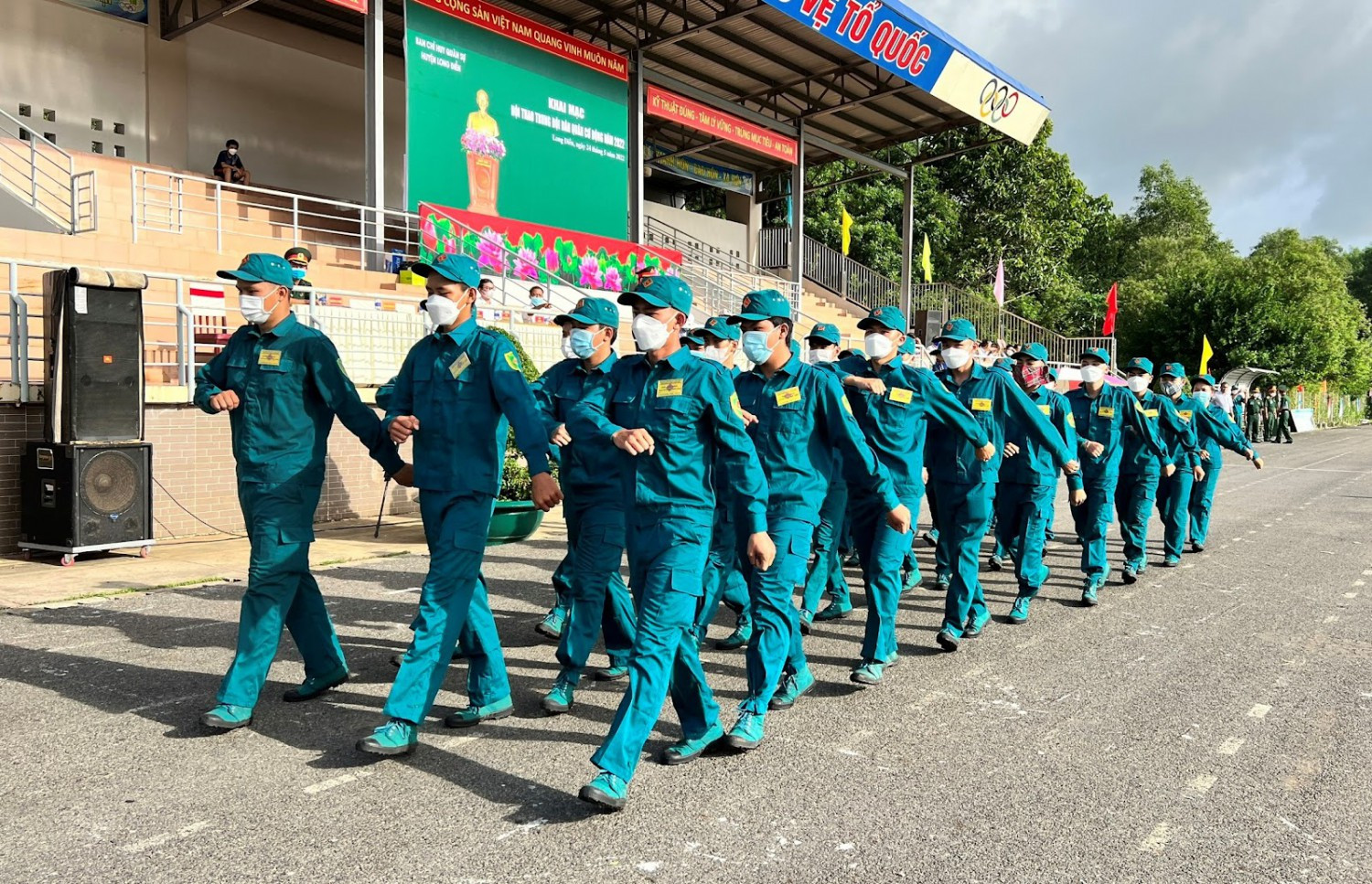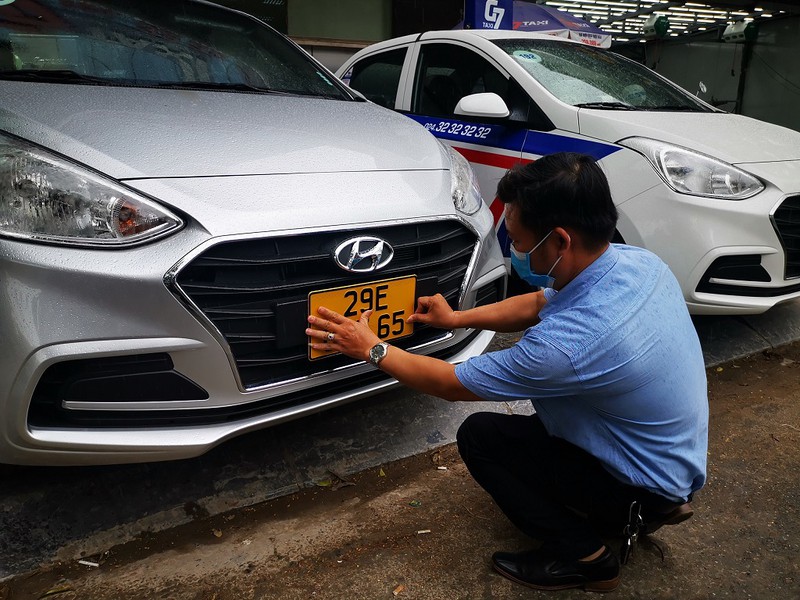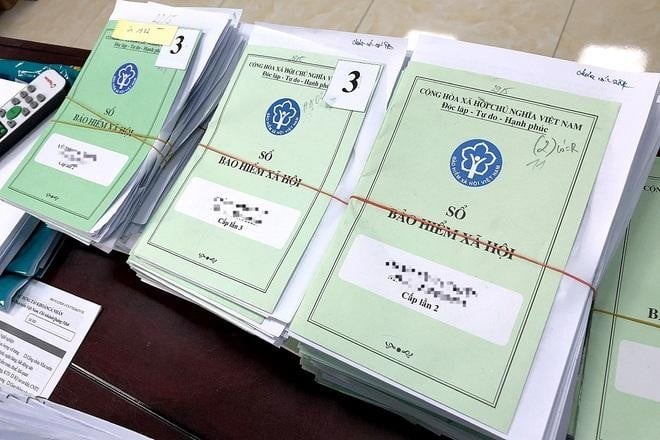Methods for assessing petroleum resources and reserves in Vietnam from October 1, 2024
The methods for assessing petroleum resources and reserves in Vietnam from October 1, 2024 are stipulated in Circular 13/2024/TT-BCT.

Methods for assessing petroleum resources and reserves in Vietnam from October 1, 2024 (Image from the Internet)
On August 8, 2024, the Minister of Industry and Trade issued Circular 13/2024/TT-BCT on Regulations on classification of and making report on petroleum resources and reserves.
1. Methods for assessing petroleum resources and reserves in Vietnam from October 1, 2024
According to the provisions of Article 7 of Circular 13/2024/TT-BCT, the methods for assessing petroleum resources and reserves in Vietnam are as follows:
- The subjects of assessment are petroleum-containing formations and reservoirs.
- Petroleum resources and reserves are determined by volumetric method (commonly, using 3D geological simulation models), analogous density, material balance, synthesis of geological and hydrodynamic behavior (exploitation simulation and exploitation behavior analysis), and other methods depending on the available data. Specifically:
+ Applied methods include: Common volumetric for all cases; 3D geological simulation models for developed and developing fields; material balance and exploitation behavior analysis for producing fields;
+ Other methods depending on specific conditions but with necessary arguments when applied.
- Calculation results from the methods must be analyzed and compared.
- For cases of updating petroleum resources and reserves, the calculation results must be compared with previous results and analyzed for changes.
- Petroleum resources, reserves, and their components must be calculated separately for each product type, for each reservoir, formation, rock type, and evaluated for the feasibility of bringing the calculated reserves into production.
- Calculation parameters for petroleum resources and reserves must follow a unified unit system. Petroleum resource and reserve figures must be presented in the International System of Units (SI) (volume) in accordance with the Law on Measurement and refer to international oil industry practices.
2. Guidelines for classifying petroleum reserves and potential recovery in Vietnam from October 1, 2024
Classification of petroleum reserves and potential recovery is specifically regulated in Article 5 of Circular 13/2024/TT-BCT as follows:
- Classification of petroleum reserves
Petroleum reserves are classified into proved (P1), probable (P2), and possible (P3) categories.
+ P1 class is the recoverable quantity of petroleum with high economic efficiency, calculated at a specific time with high confidence and planned to be exploited under the economic and technical conditions at the calculation time;
+ P2 class is the recoverable quantity of petroleum where 2P reserves (P1 + P2) yield economic efficiency, calculated at a specific time with medium confidence, and planned to be exploited under the economic and technical conditions at the calculation time;
+ P3 class is the recoverable quantity of petroleum where 3P reserves (P1 + P2 + P3) yield economic efficiency, calculated at a specific time with low confidence, and planned to be exploited under the economic and technical conditions at the calculation time.
- Classification of potential recovery
Potential recovery quantities are classified into categories C1, C2, C3 for undeveloped groups, and categories R1, R2 for undiscovered groups. Categories C1, C2, C3 are calculated and evaluated with high, medium, and low confidence levels similar to the classifications of P1, P2, P3 reserves. R1, R2 categories are calculated, forecasted, and evaluated based on corresponding petroleum resource classifications R1, R2, with recovery factors taken similarly based on values of nearby formations, fields, areas, and basins.
See more at Circular 13/2024/TT-BCT, which takes effect in Vietnam from October 1, 2024, and replaces Circular 24/2020/TT-BCT by the Minister of Industry and Trade of Vietnam on the Regulations on Classification and Reporting of Petroleum Resources and Reserves.
- Key word:
- petroleum resources and reserves
- Petroleum
- Vietnam
- Procedures for commendation of individuals with achievements in militia and self-defense forces in Vietnam
- Determination of asset valuation costs in civil proceedings and administrative proceedings in Vietnam from July 1, 2025
- Procedures for commendation of collectives with achievements in militia and self-defense forces in Vietnam
- Formula for calculating severance policy for officials during organizational apparatus in Vietnam
- Content of statistical reporting policies in the planning and investment sector in Vietnam from April 1, 2025
- Cases exempt from advance payment of on-site inspection and assessment costs in civil proceedings in Vietnam from July 1, 2025
-

- Procedures for commendation of individuals with ...
- 09:30, 23/01/2025
-

- Promulgation of technical regulations on the system ...
- 17:42, 22/01/2025
-

- Regulations on the professional title codes for ...
- 16:52, 22/01/2025
-

- Amendment to the National Technical Regulation ...
- 16:40, 22/01/2025
-

- Coefficient of compulsory social insurance price ...
- 15:24, 22/01/2025
-

- Procedures for commendation of individuals with ...
- 09:30, 23/01/2025
-

- Promulgation of technical regulations on the system ...
- 17:42, 22/01/2025
-

- Latest guidelines on electing delegates for the ...
- 17:40, 22/01/2025
-

- 17 propaganda slogans celebrating the 95th anniversary ...
- 17:30, 22/01/2025
-

- Regulations on the professional title codes for ...
- 16:52, 22/01/2025

 Article table of contents
Article table of contents
